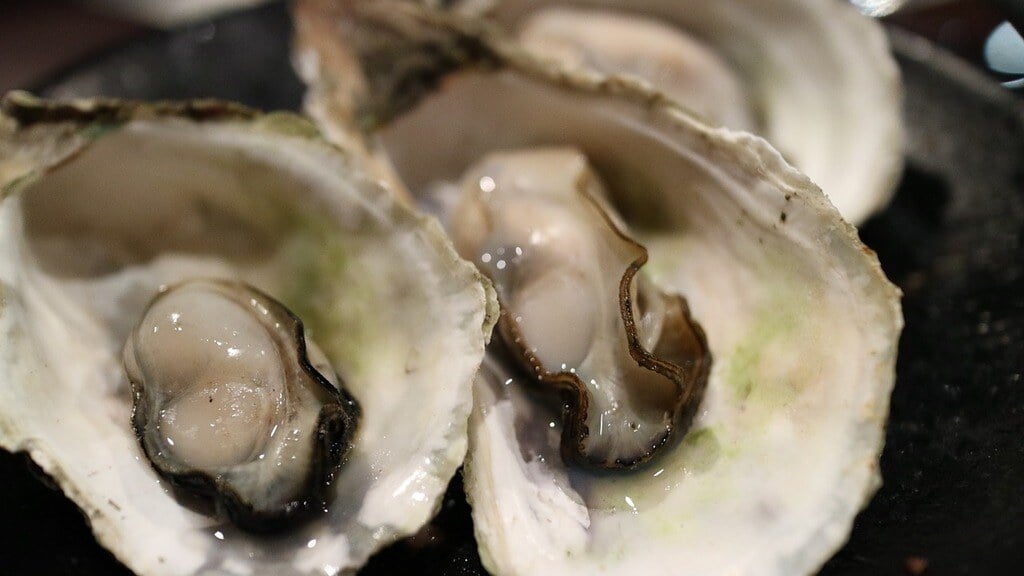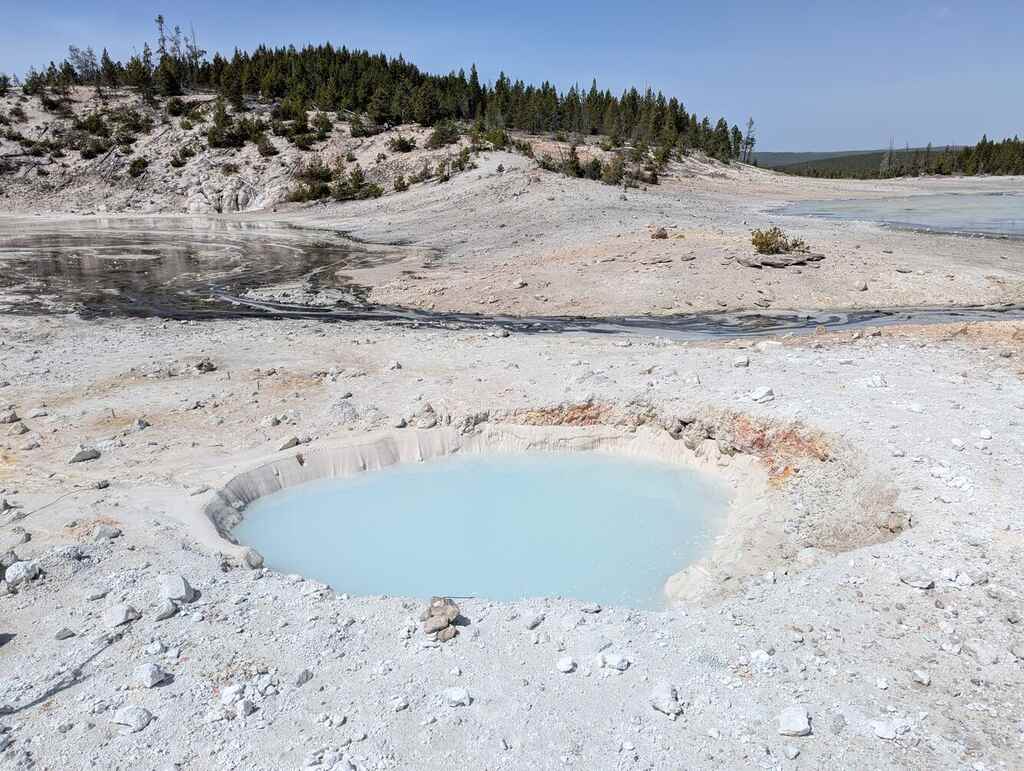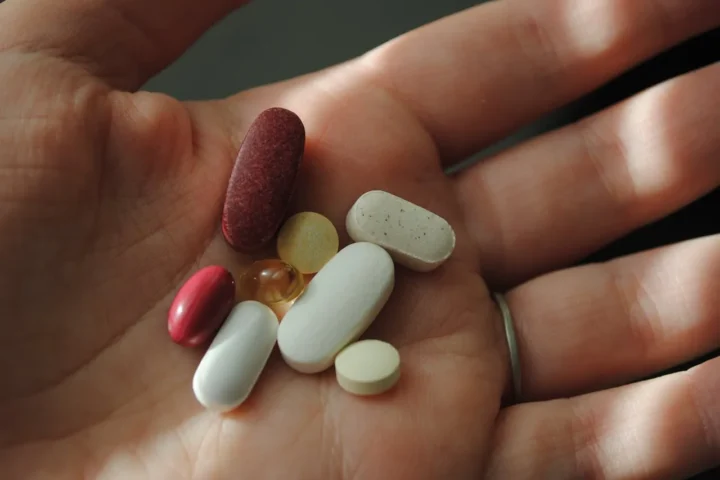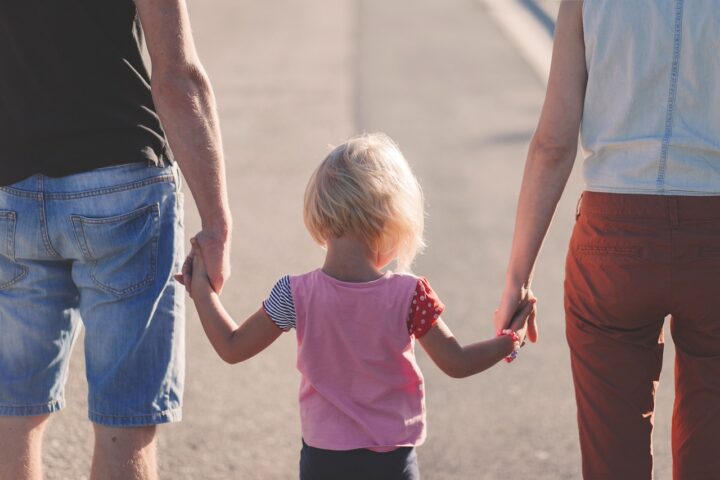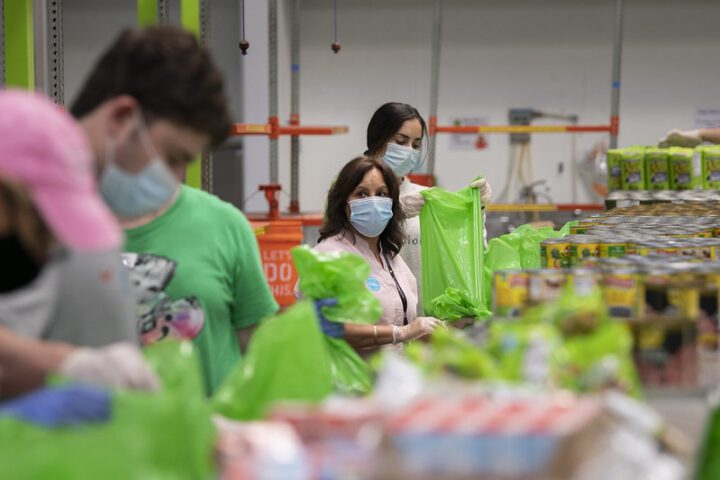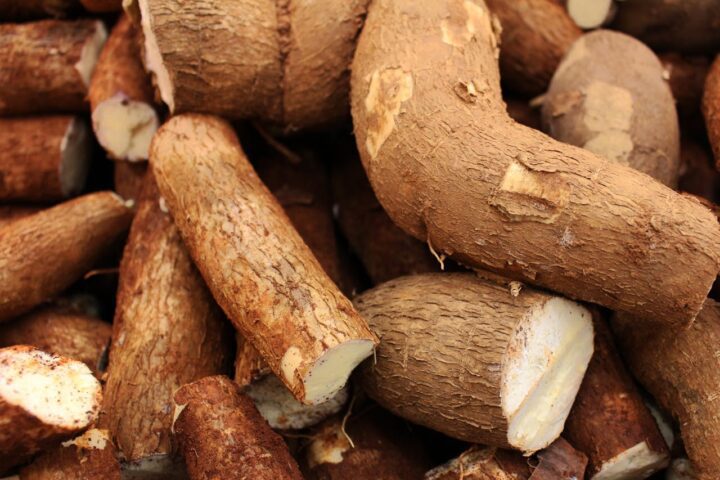Summer’s heat draws millions to Florida’s beaches, but lurking beneath those inviting waters is a bacterial threat that has already claimed four lives this year. Vibrio vulnificus has infected 11 people in Florida during 2025, with deaths in Bay, Broward, Hillsborough, and St. Johns counties as of July 11 according to the Florida Department of Health.
The numbers represent a decline from 2024’s surge of 82 cases and 19 deaths, many following Hurricane Helene’s flooding of coastal areas as reported by health officials. Yet health experts warn the danger persists as water temperatures climb toward their August peak when water is warmest, allowing bacteria to replicate quickly.
What Makes This Bacteria So Dangerous
Vibrio vulnificus is a naturally occurring bacteria in warm, brackish seawater. Despite its “flesh-eating” nickname, the bacterium doesn’t actually consume tissue—it releases toxins that destroy skin and muscle cells. The Florida Department of Health states simply: “Water and wounds do not mix. Do not enter the water if you have fresh cuts or scrapes.”
About 150–200 V. vulnificus infections are reported to CDC each year and about one in five people with this infection die—sometimes within 1–2 days of becoming ill. This 20% fatality rate makes it one of the deadliest bacterial infections in the United States.
The bacterium causes two main types of infections: wound infections from water exposure and bloodstream infections from eating contaminated raw shellfish, particularly oysters. Vibrio are bacteria that cause an estimated 80,000 illnesses each year in the United States across all species, but V. vulnificus is responsible for the majority of seafood-related deaths.
Climate Change Fuels Geographic Expansion
Florida’s vulnerability stems from its warm coastal waters and frequent hurricanes. Hurricanes create conditions conducive to bacterial growth by mixing storm surge with freshwater, while stirring up nutrients.
In Eastern USA between 1988 and 2018, V. vulnificus wound infections increased eightfold (10-80 cases p.a.) with cases now reported as far north as Connecticut and New York. This northward expansion reflects warming coastal waters due to climate change with the 95th latitude percentile of V. vulnificus cases extending northwards at 0.43° (~ 48 km) per year.
During July–August 2023, 11 persons infected with V. vulnificus were reported to health officials in North Carolina (seven), Connecticut (two), and New York (two). Whereas North Carolina reported 10–13 cases per year during 2021–2023, Connecticut reported no V. vulnificus infections during all of 2021–2022, and New York reported three cases in 2021 and none in 2022.
High-Risk Groups Need Extra Caution
While anyone can contract V. vulnificus, certain groups face dramatically higher risks. People at higher risk for wound infection include those with underlying health conditions such as liver disease (including alcohol-associated liver cirrhosis), diabetes, and immunocompromising conditions.
Individuals who are immunocompromised, e.g chronic liver disease, kidney disease, or weakened immune system, should wear proper foot protection to prevent cuts and injury caused by rocks and shells on the beach.
V. vulnificus wound infections have a short incubation period and are characterized by necrotizing skin and soft tissue infection, with or without hemorrhagic bullae. Many people with V. vulnificus wound infection require intensive care or limb amputation.
Prevention: Your Best Defense
The CDC and Florida Department of Health recommend several critical protection measures:
Do not eat raw or undercooked oysters or other seafood. Cook them before eating. For shucked oysters: Boil at least 3 minutes, or fry them in oil at least 10 minutes at 375°F. For shellfish in the shell, either boil until the shells open and continue boiling for 5 more minutes, or steam until the shells open and then continue cooking for 9 more minutes.
If you have an open wound, stay out of saltwater or brackish water, if possible. Cover your wound with a waterproof bandage if it could come into contact with coastal waters or raw seafood.
Immediately wash wounds and cuts thoroughly with soap and clean running water after contact with coastal waters or raw seafood, its drippings, or its juices.
Technology and Tracking Systems
NOAA produces an operational forecast which shows public health officials in Maryland and Virginia when and where the pathogenic Vibrio vulnificus bacteria is most likely to be found in Chesapeake Bay. Daily model guidance is available based on water temperature and salinity from the NOS Chesapeake Bay Operational Forecast System.
Similar forecasting systems could eventually expand to Florida’s Gulf Coast, providing real-time risk assessments for beachgoers and health officials.
When Every Hour Counts
Early treatment is crucial for survival. V. vulnificus wound infections have a short incubation period with symptoms appearing rapidly, while foodborne infections typically have an incubation period of 24 to 72 hours. Symptoms include fever, low blood pressure and painful blisters that can progress to life-threatening sepsis or necrotizing fasciitis.
Similar Posts
If V. vulnificus infection is suspected, obtain wound or hemorrhagic bullae cultures and send all V. vulnificus isolates to a local, state, territorial, or tribal public health laboratory. Many people with V. vulnificus wound infection require intensive care or surgical tissue removal, with amputation sometimes necessary to stop the infection’s spread.
Anyone experiencing rapid wound swelling, fever, confusion, or skin discoloration after coastal water exposure should seek emergency medical attention immediately and mention their water contact to speed diagnosis.
Maryland’s Rising Trends Offer Lessons
Maryland provides insight into how V. vulnificus cases are trending in other coastal areas. Comparing the 2006–2012 and 2013–2019 periods, there was a 39% increase in the average annual incidence rate of vibriosis, with V. vulnificus infections seeing the greatest percentage increase (53%), followed by V. parahaemolyticus (47%).
More recent data shows V. vulnificus-related wound infections increased by 82% comparing the 2006–2012 vs. 2013–2019 periods in Maryland, indicating the problem is not unique to Florida.
Summer Peak Season
V. vulnificus bacteria thrive in warmer waters—especially during the summer months (May to October) and in low-salt marine environments like estuaries. Vibrio are found in higher numbers in May through October, when water temperatures are warmer.
About 80% of Vibrio infections occur between May and October, when coastal waters are at their warmest and algae is most abundant.
Bottom Line for Beach Safety
Florida’s coastal waters remain generally safe for recreation when proper precautions are taken. The 11 cases reported in 2025 represent a tiny fraction of the millions who safely enjoy Florida’s beaches annually. However, awareness and prevention remain crucial as climate change potentially increases future risks.
The key message remains simple: keep wounds covered, cook shellfish thoroughly, and seek immediate medical attention for any signs of infection after water exposure. Vibrio infection can be serious, but following basic prevention guidelines can keep you safe while enjoying Florida’s beautiful coastal waters.
For current information on V. vulnificus cases and prevention guidelines, visit the Florida Department of Health website or consult with healthcare providers about individual risk factors before coastal activities.
